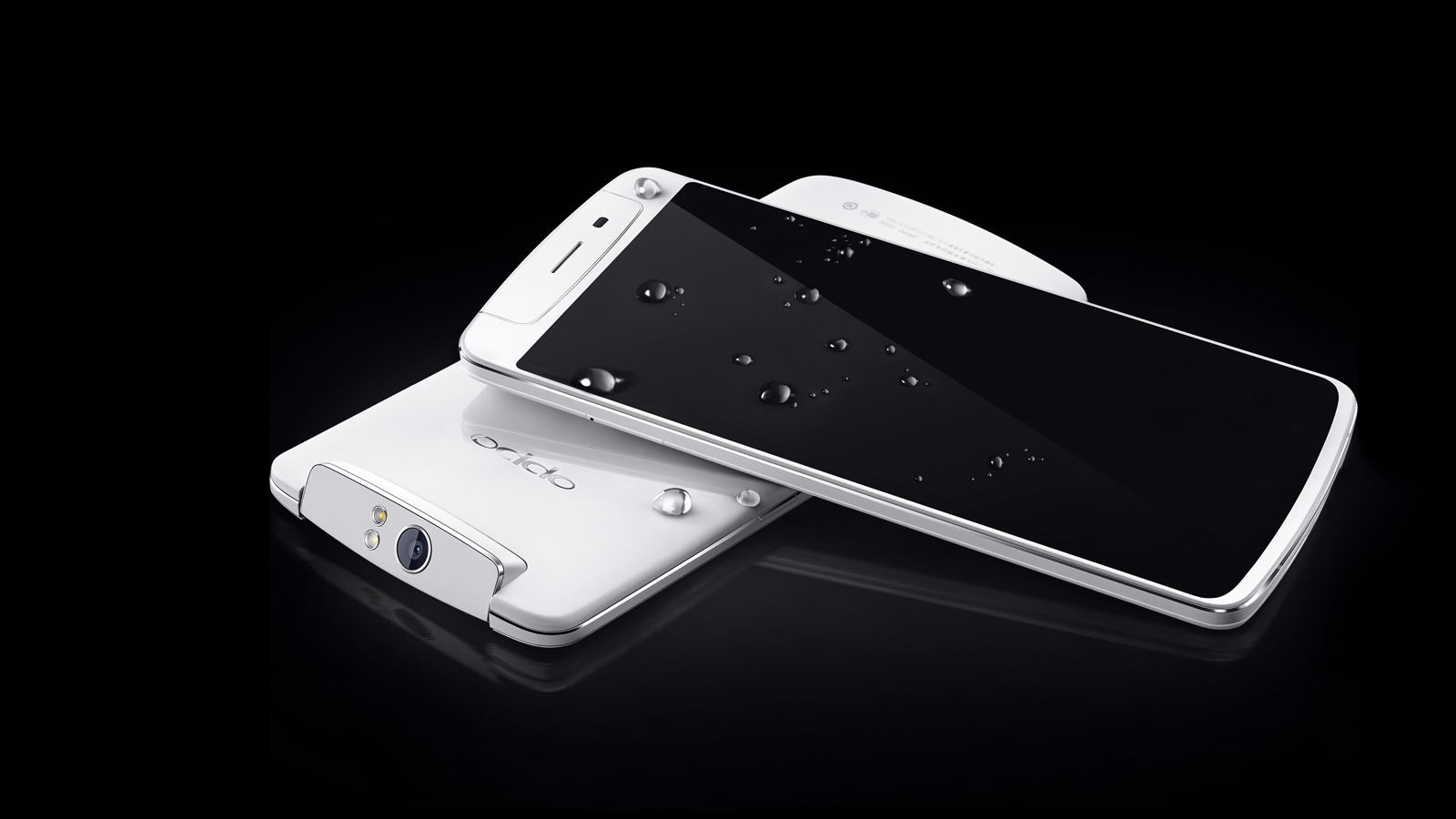Why you can trust TechRadar
I thought it was too big. I thought the rotating camera was silly. I thought the battery wouldn't last more than 20 minutes. I was wrong.
The N1 is an affordable, large phone, that has many clever hardware and software touches, and one you'll love, even if some of Oppo's wilder innovations don't quite hit the mark.
We liked
The camera is very nice. It's ridiculously fast in use, plus the HDR option is so swift to build the shots that it creates little in the way of the image ghosting you tend to see when capturing HDR composites on other phones. So you'll use it more. 1080p video is free from artefacts and relatively high in quality too.
The rotating camera mount really is properly useful. It means Android's photo self timer is much more usable, as it's easier to stand/balance/prop the phone in a way that gets the angle you want when you can also rotate the lens.
Plus it means you get a ridiculously high-resolution 13MP front-facing camera as and when you need it, with the N1 automatically flipping the view when you rotate the sensor.
During the review process I received two OS updates from Oppo. It's clear it's targeting the hardcore Android enthusiast with this phone and, coupled with the option to install the CyanogenMod ROM without voiding your warranty, it's really nice to see a hardware maker taking such an innovative and rigorous approach to software updates.
We disliked
The touchpad around the back is, like Samsung's weird insistence on including a stylus with its Galaxy Note series, a novelty you probably won't often use.
In fact, Oppo seems a bit confused as to why there's a trackpad on the back of the device too, with the OS suggesting you use it as a button most of the time.
The capacitive buttons around the front aren't particularly sensitive. The double-tap required to access Android's multitasking menu often fails to register, with the Back and Menu buttons also requiring multiple presses.
You'll probably eventually teach yourself to press these harder, but with Android doing such a clever job of using on-screen software buttons in many other models, Oppo's use of separate touch buttons is a bit of a shame.
There are a few bugs in the software. I couldn't adjust the brightness while a video was playing, plus the keyboard displayed in landscape orientation when I was holding the screen in portrait, meaning I could only see half the screen.
It's usually quite fast and reliable when in use, though, so I wouldn't say these are deal breakers.
Verdict
It's a solid, thin and powerful phone with a great camera. And most importantly, the Oppo N1 beats the opposition in terms of price.
The Samsung Galaxy Note 3 costs around £450 to buy unlocked outside of a contract, whereas the Oppo N1 is relatively cheap - at around £370 ($615, AU$680) - to buy direct from Oppo.
Plus Oppo throws in a really nice flip case and a remote to control the camera. In terms of bang for buck, the N1 is a winner.
The capacitive buttons are a bit temperamental and there are some small bugs in the OS, but the camera and its original rotating mount are both awesome features.
It feels like Oppo is trying very hard to make friends with the N1. It's certainly made a few here.
First reviewed: March 2014
